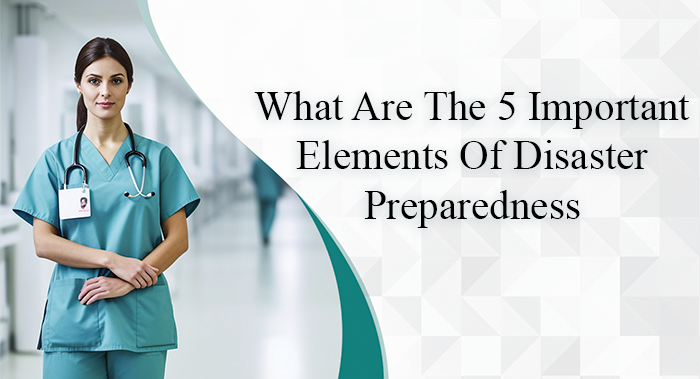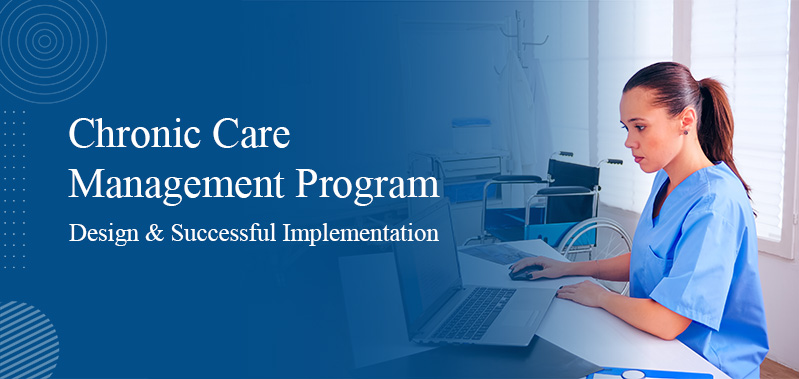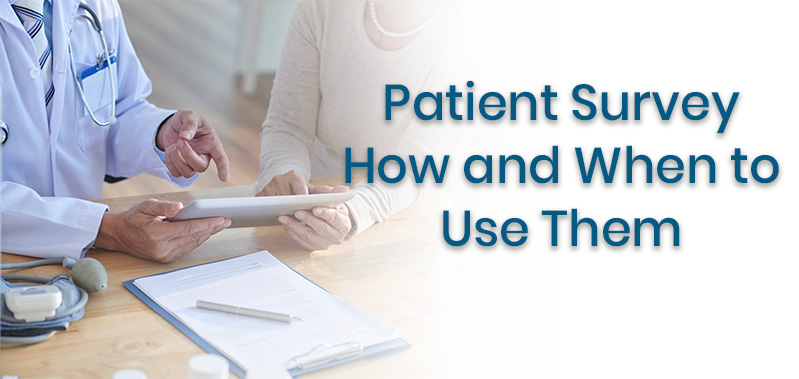
What Are The 5 Important Elements Of Disaster Preparedness
CMS regularly provides and changes the guidelines for health information privacy compliance along with other components related to the industry. Emergency preparedness programs OR disaster preparedness is a pivotal component within the healthcare sector. It ensures that sensitive health data remains secure amidst crises and disasters while guaranteeing seamless healthcare services.
In 2016, CMS published the Emergency Preparedness Requirements for Medicare and Medicaid Participating Providers and Suppliers in the Federal Register and took effect on November 16, 2016. Providers and suppliers affected by this regulation were required to achieve compliance and implement all provisions within one year by November 15, 2017.
On September 30, 2019, CMS issued another Final Rule titled "Medicare and Medicaid Programs; Regulatory Provisions To Promote Program Efficiency, Transparency, and Burden Reduction; Fire Safety Requirements for Certain Dialysis Facilities; Hospital and Critical Access Hospital (CAH) Changes To Promote Innovation, Flexibility, and Improvement in Patient Care." This rule revised specific emergency preparedness requirements for providers and suppliers.
National emergency preparedness requirements aim to ensure thorough planning for natural and man-made disasters, fostering effective coordination with federal, state, tribal, regional, and local emergency preparedness systems. Upon the publication of the final rule, the following provisions will come into effect: the requirements will apply to all 17 provider and supplier types, with each entity having its own set of Emergency Preparedness regulations integrated into its conditions or certification requirements.
Adherence to these Emergency Preparedness regulations is mandatory for Medicare or Medicaid program participation. Additional information, including the background and overview of the final rule and related resources, can be accessed through the downloadable sections provided below.
Key Elements Of Emergency Preparedness Program
Disaster preparedness in healthcare revolves around a multi-faceted approach, integrating various elements to safeguard patient well-being, data integrity, and operational continuity. However, there are four provisions of the emergency preparedness program that apply to all provider types: Risk assessment and planning, policies and procedures, communication plan, and training and testing.
Here, we've elaborated on the five important elements of disaster preparedness that are crucial to review by understanding the type of risk.
Risk Assessment and Planning
A foundational aspect of healthcare disaster preparedness is conducting comprehensive risk assessments and devising strategic plans accordingly. This involves identifying potential hazards and vulnerabilities and assessing their impact on healthcare facilities. Natural disasters, pandemics, cyber threats, and infrastructure failures necessitate meticulous planning. Establishing protocols for patient care continuity, data backup systems, and resource management is critical in this phase.
Policies and Procedures
In general, procedures detail your strategy, while policies serve as broad recommendations for structuring your plan. Developing and implementing policies based on the emergency and risk assessment is crucial. It must address a range of issues, including subsistence needs, evacuation plans, procedures for sheltering in place, and tracking patients and staff during an emergency. Furthermore, similar to the communication plan, the policies and procedures should abide by all applicable federal and state regulations and be reviewed in a minimum gap of two years.
Communication and Collaboration
In times of crisis, effective communication is indispensable and should comply with state and federal laws. Creating robust communication networks internally among healthcare staff and externally with other healthcare facilities, emergency services, and governmental agencies is essential. Timely dissemination of information ensures coordinated responses, swift decision-making, and the ability to adapt to evolving situations. Collaboration among various stakeholders ensures a unified approach, optimizing resource allocation and response strategies.
Training and Testing
Policies and procedures should also include Training and testing programs, aligning health information privacy compliance. Staff and other industry members should acknowledge and practice the latest forms and techniques of safety and abstaining practices annually in case of emergency. You can also contact local organizations and authorities to utilize their resources for disaster planning. Other key practices are coordinating educational initiatives with regional groups and conducting drills and exercises.
Resource Management and Allocation
The prudent allocation of resources is pivotal during disasters. Healthcare facilities must have mechanisms to manage supplies, personnel, and infrastructure efficiently. This includes maintaining adequate medical supplies, ensuring staff readiness through training and preparedness drills, and establishing protocols for surge capacity. Flexible resource allocation strategies allow healthcare institutions to adapt swiftly to escalating demands during emergencies.
Why Is It Important to Implement an Emergency Preparedness Program?
Developing and implementing a robust disaster or emergency preparedness program is crucial in healthcare as it ensures the safety of patients and staff when any crisis happens. It allows the staff to respond accurately during any disaster or emergency. It enables the frontline workers or staff to fight back the emergencies and provide appropriate medical care, prevent the spread of diseases, and ensure the safety of patients and staff. Adequately preparing the staff for emergencies mitigates major dangers and improves response time. Ultimately, it delivers better outcomes and efficient care to patients.
The healthcare sector's ability to respond effectively to disasters is contingent upon a comprehensive and proactive approach to disaster preparedness. By integrating risk assessment, robust communication, resource management, continuity of care, and regulatory compliance, healthcare institutions can ensure the safety of both patients and their sensitive health information. Embracing these elements equips healthcare facilities to navigate uncertainties while upholding their commitment to providing quality care, even in adversity.





